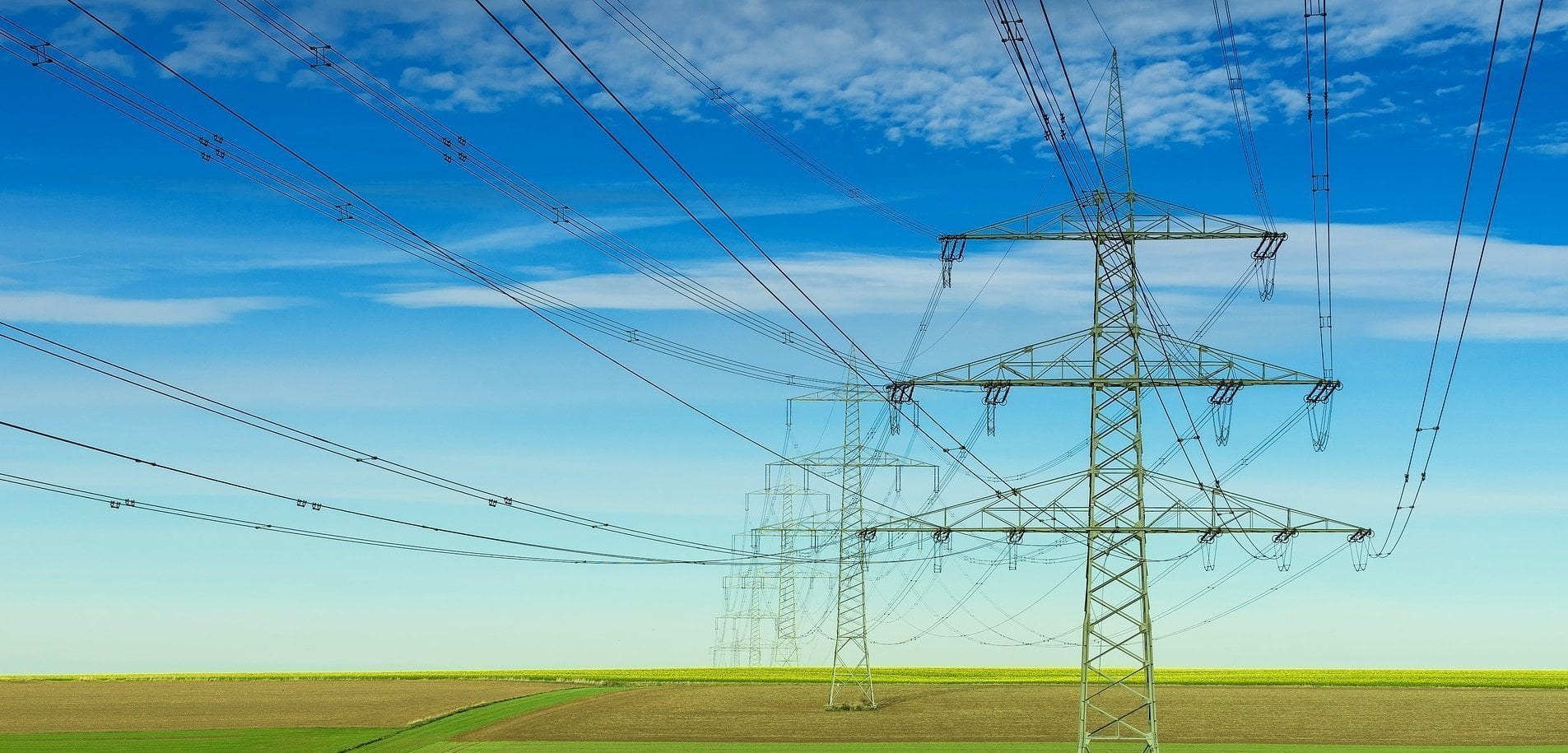Energy Market Wrap: Futures prices for 2020 and 2021 have not settled since the heatwave which sparked a load shedding incident and blackout in Victoria towards the end of January.
The market has not settled and prices are, in fact, higher than they were in the immediate aftermath of the outage.
The situation is not helped by the fact that the incumbent Liberal Party and Labor Party have starkly different energy policies. The markets cannot settle until the next Federal Election in May and policy becomes clear.
The Liberal Party wants to continue with a policy that includes coal with a new regulated default power price, a comparison power price and new powers allowing it to break up energy companies that have found to be manipulating market prices.
The Labor Party has put forward an emissions reduction target across the country of 45% and wants 50 % of the electricity market to come from renewable sources by 2030.
Coal still accounts for just over 71 percent of Australia’s power generation, but eight fossil fuel plants are expected to close by 2022.
Buying renewable energy for the years 2020 and 2021 is currently expensive.
NEM Spot / Peak Prices
| DATE | REGION | SPOT | PEAK |
| 2019/02 | NSW | 89.22 | 101.91 |
| 2019/02 | QLD | 84.10 | 94.42 |
| 2019/02 | SA | 110.73 | 115.83 |
| 2019/02 | TAS | 134.79 | 133.08 |
| 2019/02 | VIC | 111.16 | 119.46 |
Source: AEMO
March Outlook
The tight supply and demand balance in Victoria and South Australia will remain in place for the remainder of summer, with both regions exposed to high spot prices.
Should another extreme heatwave happen, New South Wales may experience tight conditions. Queensland is well supplied with coal and gas generation to offset any spikes in demand.
Prices on the market – especially in New South Wales and Victoria – continue to be affected by the reliability and availability of large coal-fired units. More unplanned outages will lead to higher spot prices particularly on weekdays when summer temperatures climb to extreme levels.
Demand and Supply
In its latest quarterly report, the Australian Energy Market Operator said energy demand for the fourth quarter of 2018 was the lowest in 16 years thanks to more rooftop solar systems.
However, electricity wholesale spot prices rose to an average of between $82 and $96 a megawatt hour, “which is the highest fourth quarter on record in all regions except Tasmania.”
Wholesale prices account for around a third of power bills.
These high electricity prices were notable because they occurred despite average mainland operational demand for the quarter falling to its lowest level since 2002 and a lack of high spot prices above $300 a megawatt-hour
Flood of renewable energy requires network upgrade
Renewable energy supplies 25 % of power in the Australian grid, but flooding the market while the infrastructure cannot cope with it could create another problem. Large scale wind and solar farms are getting steadily cheaper, but a lack of infrastructure could push prices up in the long term.
If renewable energy farms cannot sell all they produce, they will seek to charge higher prices per unit in order to be profitable.
Weather factors
Weather continued to play a part in causing high prices in the NEM. The Bureau of Meteorology recorded the four warmest February days on record in Australia.
Mean maximum temperatures were about average in most of Australia, except for Western Queensland. The national mean temperature was fourth-warmest on record, at 1.38 °C above average. Maximum temperatures were 2.05 °C above average and minimum temperatures were 0.71 °C above average.
The monsoon which caused havoc in Townsville was also a factor, due to the damage caused to the network and the intense use of energy in the cleanup following the floods.
Snowy Hydro
Snowy Hydro is still affected by drought conditions, with storage levels at Lake Eucumbene only at 30% of maximum capacity.
The output from Snowy has trended upwards in 2019, from historic lows in December 2018 but is still significantly lower than output in 2018.
Want to find out the best times to tender for energy contracts?
Knowing when to go to the market to purchase energy for your business at future prices is a great way to establish exactly how much you will be paying and for how long.
The key is to know the exact time to go to the market. Our Energy Experts are always plugged into the National Energy Market and will advise you when the time is right to enter into an energy contract. Call us on 1300 852 770 or send us an e-mail on hello@leadingedgeenergy.com.au















